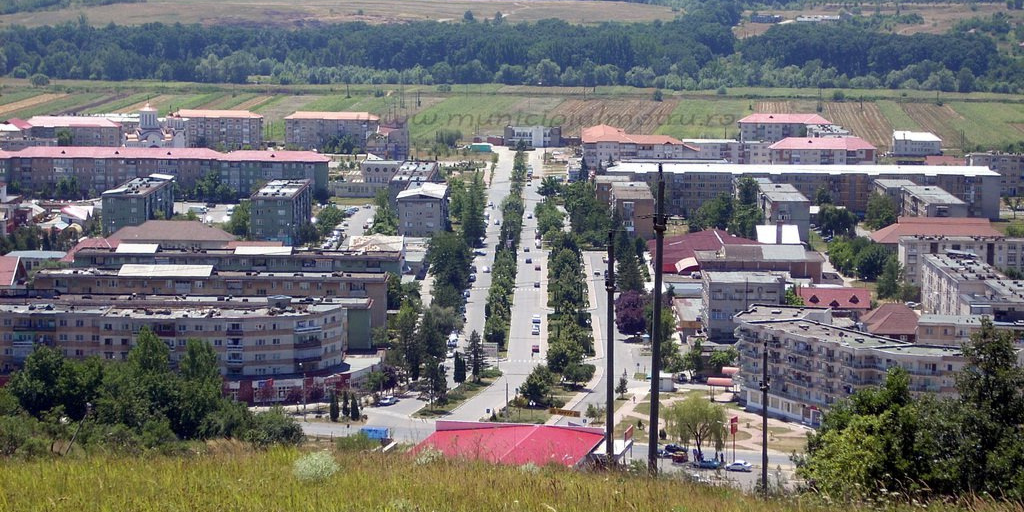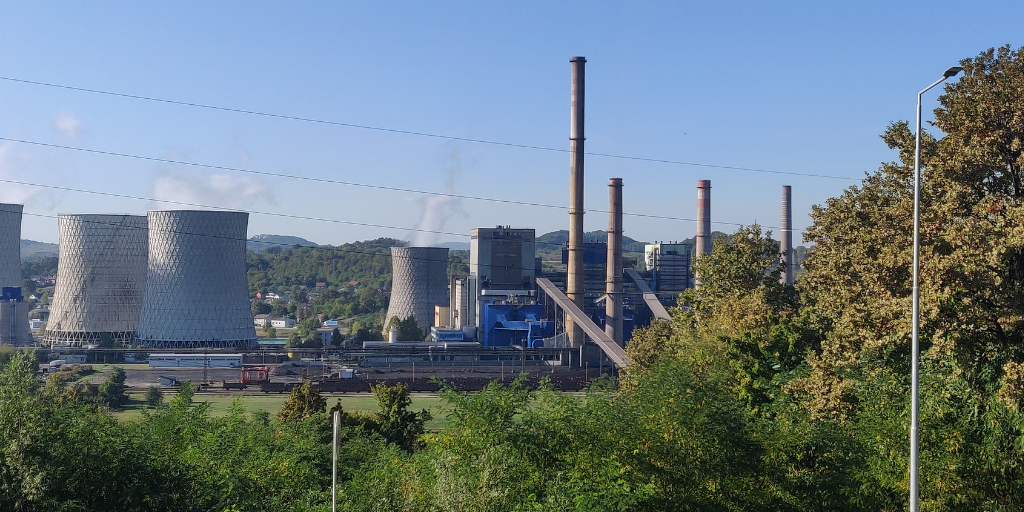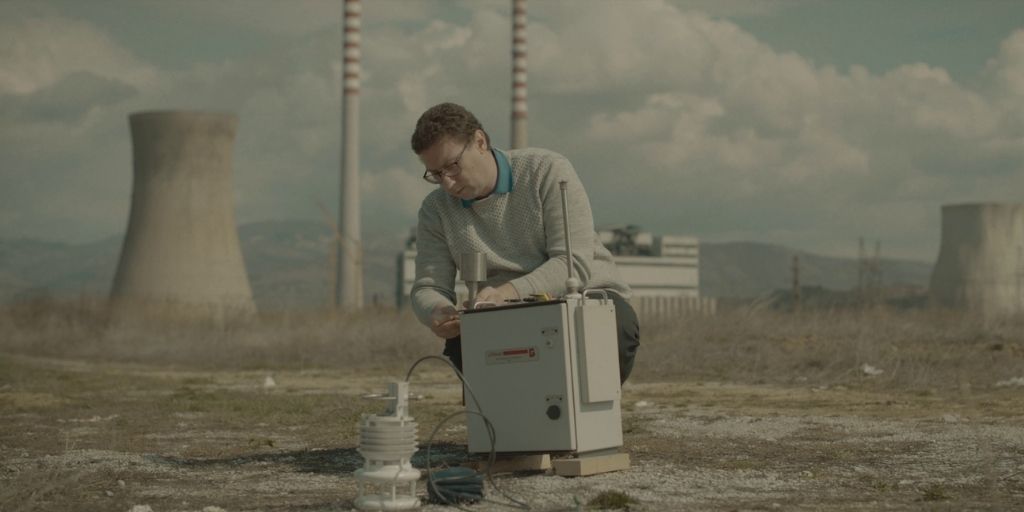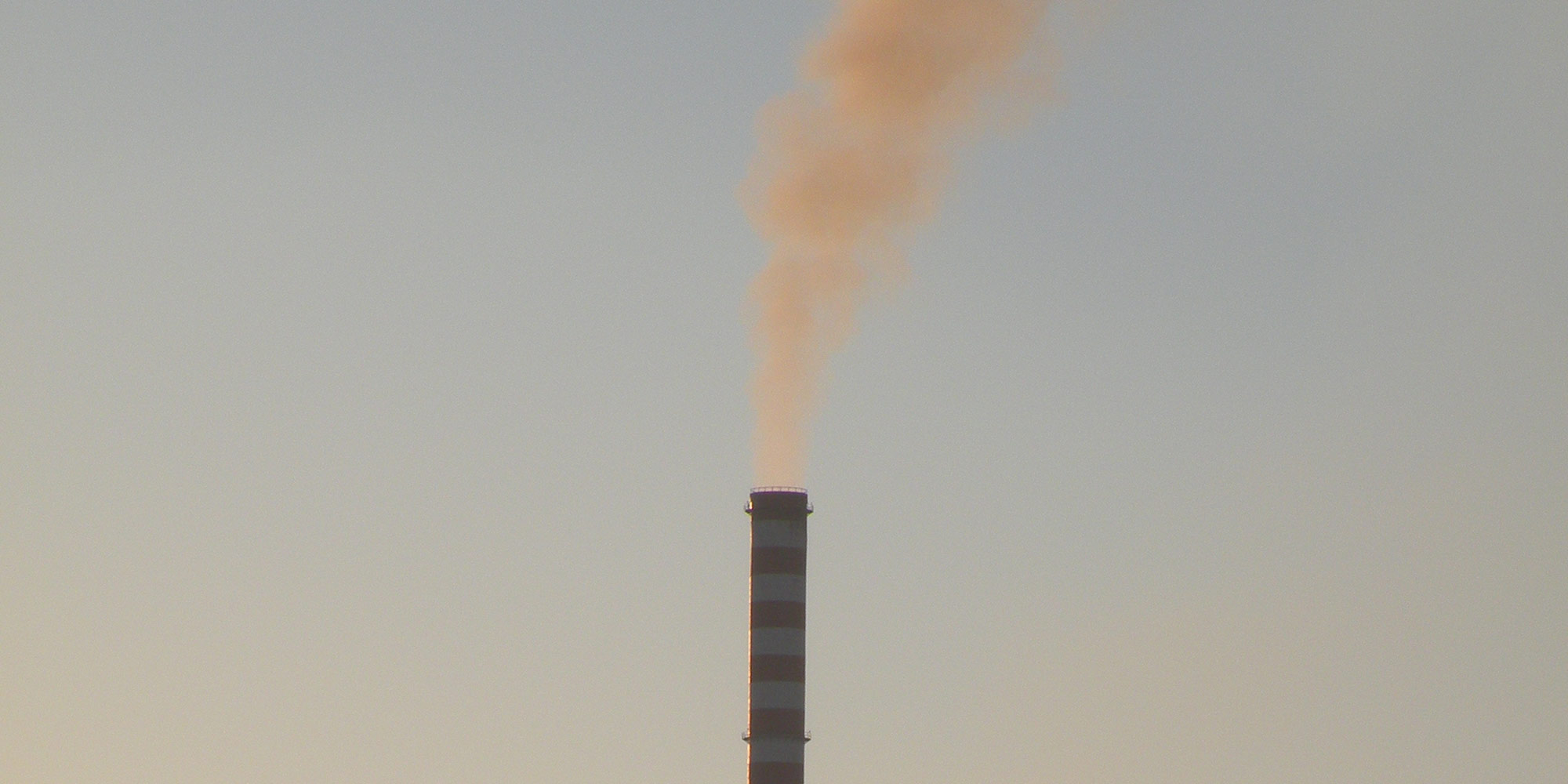With around 621 000 inhabitants, Montenegro’s electricity needs are mainly met by the 225 MW lignite power plant at Pljevlja and the 307 MW Perućica and 342 MW Piva hydropower plants, all run by state-owned utility Elektroprivreda Crne Gore (EPCG).
Until 2009 Montenegro imported significant amounts of electricity, mostly because of the KAP aluminium plant, which has at times accounted for up to 40 percent of the country’s electricity consumption. However, the plant is now in permanent crisis and its future is uncertain. Since 2011 its demand for electricity has generally decreased, and with it the whole country’s demand, but in 2020 it still accounted for 17 per cent of the country’s electricity consumption. However, in December 2021 the plant switched to minimum level operations, using much less electricity than before, and in 2023 stopped operating completely.
Since 2010, Montenegro’s ability to meet its electricity demand domestically has varied according to the hydrological situation. In 2010, 2013, and 2018 – rainy years, it was able to meet demand domestically, while in dry years – 2011, 2012 and 2017 – it still had to import relatively large amounts of electricity. Since 2021, with the demise of KAP and addition of wind capacity, Montenegro has become a net electricity exporter. However, this is only thanks to the fact that the Pljevlja coal power plant is operating illegally.
Although Albania is more commonly cited as being overly dependent on hydropower, Montenegro also faces this problem to a large extent. As in other Balkan countries, the construction of small hydropower plants has caused widespread public outcry, but in 2020 they generated just 3 per cent of Montenegro’s electricity.
Against the fluctuating background of hydropower generation, difficult decisions need to be taken on the Pljevlja lignite power plant and nearby mines. Since 2020 the power plant has been running illegally as its limited lifetime derogation under the Large Combustion Plants Directive expired.
Montenegro’s previous government signed a deal with a consortium led by China’s Dongfang for the modernisation of the plant in the hope of running it for at least fifteen more years, but numerous questions have been raised about it.
Although Montenegro has two wind farms – Krnovo, which came online in 2017 and Možura which followed in 2019 – several years were lost due to the previous government’s energy strategy centring around three large new energy generation facilities: the Pljevlja II coal power plant (254 MW) and the Morača (238 MW) and Komarnica (172 MW) hydropower plants.
All of these are or were controversial: Pljevlja II was disputed not only because of its health and climate impacts, but also because it would have been uneconomic to build. In September 2019 the Government finally admitted the plant was cancelled.
The Morača and Komarnica hydropower projects both threaten valuable natural areas, though as of early 2025 the Morača plants are no longer mentioned and status of the Komarnica plant is unclear. However, the Komarnica appears in the draft spatial plan endorsed by the government in autumn 2023, as do the long-dormant Kruševo and Boka plants.
Research on the Morača dams project predicts permanent destruction of very rare and endemic fish and bird species as well as downstream impacts on Skadar Lake, which is recognised as an international (RAMSAR, potential Natura 2000, proposed Emerald site) and national (National Park) protected area.
The Komarnica valley is also nominated as an Emerald and Natura 2000 site and includes the unique Nevidio Canyon, which is protected as a Natural Monument.
Montenegro has so far made little use of its solar potential, but in 2018 a tender for a 250 MW solar farm was completed. However, its construction has been delayed by spatial planning issues. Rooftop solar has finally started to progress in the last few years though a series of EPCG programmes designed to make it easier for households and businesses to host solar photovoltaics on their roofs.
Montenegro will need to build some additional electricity capacity in the coming years, in order to be able to phase out the existing Pljevlja coal plant, but this should be possible with the use of solar PV and wind. Different sources cite varying levels of potential, but all show that a significant expansion of capacity is possible.
| Source | Solar PV | Wind |
| IRENA, 2020
REmap scenario 2030 minus 2015 installed |
290 MW
447 MW |
190 MW
473 GWh |
| IRENA, 2017
Additional cost-competitive potential up to 2050 |
722.5 MW
1075.8 GWh |
2929.1 MW
6475.4 GWh |
| SEERMAP
Decarbonisation scenario 2050 |
498 MW
495 GWh |
934 MW 1776 GWh
|
| SEE-SEP
EU Road scenario to 2050 |
850 MW
1440 GWh |
450 MW 1450 GWh
|
Montenegro has no infrastructure for fossil gas distribution, though the government is interested in the Ionian-Adriatic Pipeline, an offshoot of the Trans-Adriatic Pipeline that runs through Albania, as well as LNG terminal. These would be a large step in the wrong direction as they would lock the country into gas usage at a time when it should be decarbonising.
Montenegro has great potential for reducing demand through more efficient energy use. According to Eurostat, Montenegro’s energy intensity is still almost 2.5 times that of the EU-27. Inefficient practices such as using electrical heaters for heating are widespread.
In December 2022, the Energy Community Ministerial Council adopted 2030 climate and energy targets. According to these, Montenegro needs to achieve a 50 per cent share of renewables in gross final consumption of energy, and to reduce its greenhouse gas emissions by 55 per cent compared to 1990 levels – requiring a steady decrease from the levels of recent years. To boost energy efficiency and energy savings, it also needs to cap primary energy consumption at 0.92 Mtoe and final energy consumption at 0.73 Mtoe by 2030.
As of the end of 2023, no draft National Energy and Climate Plan is available for Montenegro. A draft National Energy and Climate Plan for Montenegro was finally published in January 2025, more than six months after the deadline for adoption. It foresees a coal phase out only in 2035.
For a more in-depth look at barriers to a sustainable energy transition in Montenegro and our proposals for how to overcome them, see our 2021 study with the Friedrich Ebert Stiftung: The Political Economy of Energy Transition in Southeast Europe – Barriers and Obstacles.
More on coal in the Balkans

Sustainable district heating gives hope to the Romanian city of Motru, in a coal mining region
A new study shows that the city’s district heating can come from fully renewable sources.
Read more

Bosnia and Herzegovina illegally extends lifetimes of deadly coal plants
Yesterday the Federation of Bosnia and Herzegovina’s Parliament voted to extend the lifetime of the antiquated Tuzla 4 and Kakanj 5 coal units, in clear breach of the Energy Community Treaty. The move condemns the public to yet more lethal air pollution.
Read more

The heroic dust monitor
This year we are marking five years since Bankwatch engaged in air pollution work in the Balkans. Throughout these years, there was one constant in the work – the environmental dust monitor. It has become the hero of many communities and is known to every organisation in the region that works for cleaner air.
Read more

